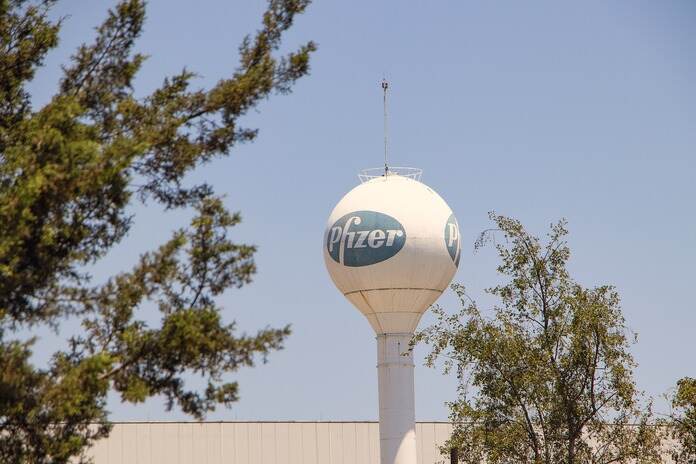Pfizer Stock (NYSE:PFE)
In recent weeks, the focus of investors in the healthcare sector has been firmly fixed on the most expensive stocks in the industry, namely Eli Lilly and Novo Nordisk. Eli Lilly’s staggering market value of $412 billion is the highest ever recorded for a pure-play biopharma company, and Novo Nordisk is not far behind with a market value of $377 billion.
There is a possibility that it is too pricey for investors who are looking for value.
We screened the stocks in the S&P 500 index to find those in the healthcare sector that were trading at the lowest multiple of earnings per share anticipated for the following 12 months. This was done with the intention of finding value plays in the healthcare sector.
The stocks that we discovered are inexpensive in comparison to highfliers like Lilly, and many of them are priced affordably for a specific reason. However, the list gives investors who are looking for deals a place to begin their search.
This spring, everyone’s attention has been directed toward the most expensive brands in the industry. Lilly’s stock price has increased by many multiples of its anticipated earnings as a result of the excitement surrounding Lilly and Novo’s competing obesity drugs, as well as the positive data on Lilly’s Alzheimer’s drug. According to FactSet, the current price of Lilly shares represents a multiple of 44 times the company’s anticipated earnings over the next twelve months.
The opposite end of the spectrum was the primary focus of our screen, which looked for healthcare stocks in the S&P 500 that were trading at the lowest multiple of their forward earnings per share. The results include the health insurance behemoth Cigna Group, which trades at 9.9 times earnings; the recent spinoff of Merck (NYSE:MRK), Organon (NYSE:OGN), which focuses on women’s health and biosimilars; and the generic drugmaker Viatris (NASDAQ:VTRS), which trades at 3.2 times earnings.
Other stocks on the list include the medical insurance provider Centene (NYSE:CNC), trading at 10.3 times earnings, as well as the pharmaceutical companies Pfizer (NYSE:PFE), Gilead Sciences (NASDAQ:GILD), and Amgen (NASDAQ:AMGN).
The low valuation of Viatris can be explained by what Piper Sandler analyst David Amsellem referred to as “murky visibility into the [long-term] business mix.” The company, which was established in 2020 through the merger of the manufacturer of generic drugs Mylan and a division of Pfizer known as Upjohn, is currently in the process of reorganizing its business and is planning to sell off a number of its divisions.
The lower multiple for some of the drugmakers, most notably Pfizer, is a reflection of ongoing investor uncertainty regarding impending patent cliffs. This is because a number of significant products have begun to face competition from generic and biosimilar alternatives. Pfizer estimates that it will suffer an annual revenue loss of $17 billion when its patent cliff occurs at the end of this decade. However, the company believes that it will more than makeup for this loss with the launch of new products. Given the current valuation of the stock, it would appear that investors are not yet completely convinced.
In addition to making the list, Bristol Myers Squibb (NYSE:BMY) is one of the pharmaceutical companies that will experience a significant loss of patent protection toward the end of this decade. According to Akash Tewari, an analyst at Jefferies, the business could see the sources of seventy percent of its revenue in 2021 become unprotected by patents by the year 2030. Tewari wrote in a note that was sent out in April that in order for the company to see an upside in this story, “ultimately it will require bold M&A (BMY DOES have the capacity to do a large deal), and likely some tough cost cuts,”
A change in leadership is also on the horizon for Bristol-Myers Squibb, which recently announced that its current chief commercial officer, Chris Boerner, will succeed Giovanni Caforio as CEO by the end of this year.
Investors who are looking for bargains should pay close attention to the stocks in this affordable healthcare sector. There are times when “cheap” really does mean “cheap.” But some of these names are falling out of favor, and that doesn’t mean they don’t have any value.
Featured Image: Pixabay









